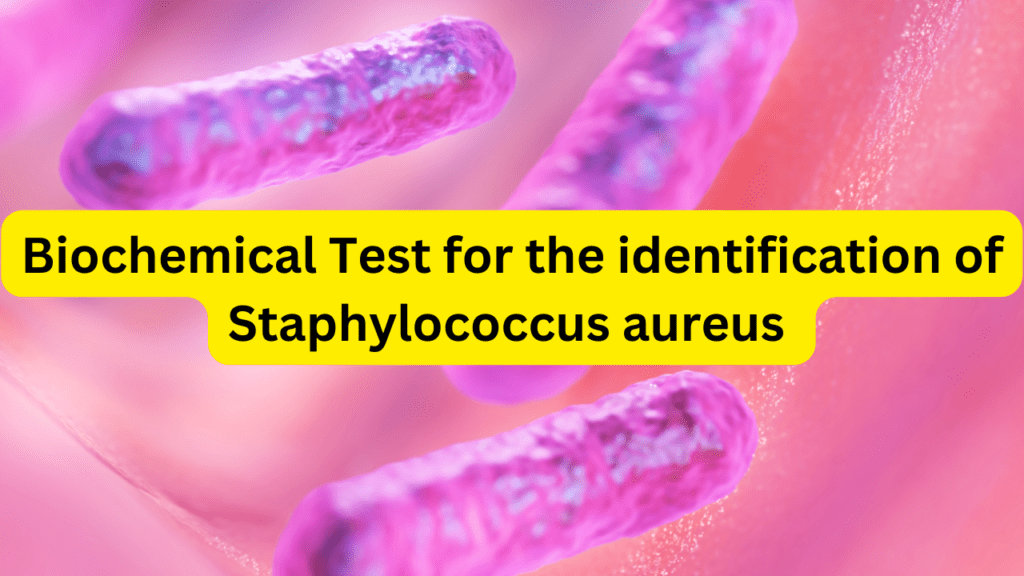Staphylococcus aureus, often abbreviated as S. aureus, is a versatile and potentially harmful bacterium that is commonly found on the skin and mucous membranes of both humans and animals.
This bacterium is one of the most prevalent and widely recognized pathogens in the Staphylococcus genus, known for its diverse and often opportunistic pathogenicity.
S. aureus is a spherical, gram-positive bacterium that appears in clusters, resembling a bunch of grapes when observed under a microscope. While it is typically a commensal organism residing on the skin and in the nasal passages of a significant portion of the population, it has the capacity to become pathogenic under certain conditions.
One of the most notorious aspects of S. aureus is its ability to develop resistance to antibiotics, including the notorious Methicillin-Resistant Staphylococcus Aureus (MRSA).
Clinical significance, S. aureus can cause a broad spectrum of infections. It can lead to minor skin conditions such as boils, impetigo, and folliculitis, but it is also responsible for more severe and life-threatening infections like pneumonia, sepsis, endocarditis, and osteomyelitis and its toxins lead to food poisoning when ingested through contaminated food.
Transmission of S. aureus typically occurs through direct skin-to-skin contact or contact with contaminated surfaces and objects. Good hygiene practices, such as regular handwashing and proper wound care, can help prevent the spread of this bacterium.
Staphylococcus aureus biochemical test result
Staphylococcus aureus can be identified in the laboratory through various biochemical tests. Here are some common biochemical tests used for the identification of S. aureus and their typical results:
- Result: S. aureus is Gram-positive, appearing as purple or blue under a microscope.
- Result: S. aureus is catalase-positive, meaning it produces bubbles when hydrogen peroxide is applied to the bacterial colony due to the presence of the enzyme catalase.
- Result: S. aureus is typically coagulase-positive, which means it causes the clotting of plasma. This is an important differentiating factor between S. aureus and other coagulase-negative staphylococci.
- Mannitol Fermentation:
- Result: S. aureus ferments mannitol, a type of sugar, and produces acid as a byproduct, leading to a change in the pH indicator of the growth medium from red to yellow.
- Hemolysis on Blood Agar:
- Result: S. aureus often displays beta-hemolysis, which is the complete lysis of red blood cells around the bacterial colony on blood agar plates.
- Result: S. aureus is DNase-positive, meaning it can degrade DNA. A zone of clearing around the bacterial growth on DNase agar indicates a positive result.
- Novobiocin Sensitivity Test:
- Result: S. aureus is typically sensitive to novobiocin, an antibiotic. A zone of inhibition around a novobiocin disk is indicative of sensitivity.
- Salt Tolerance (NaCl) Test:
- Result: S. aureus is salt-tolerant and can grow in the presence of high salt concentrations, typically on Mannitol Salt Agar (MSA).
These biochemical tests, along with other factors such as colony morphology and clinical context, help in the identification of Staphylococcus aureus.
